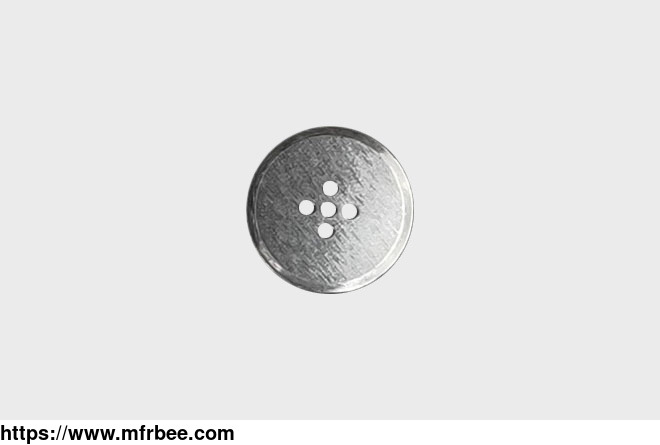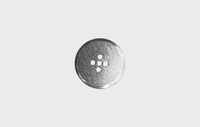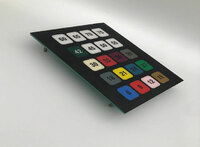MEMBRANE SWITCH
Specifications
What is a Membrane Switch?
Membrane switch products are everywhere, but not everyone is familiar with them. So, What is a Membrane Switch? A membrane switch is a momentary electrical switch that is used to turn a circuit on
and off. It consists of several layers of flexible materials with printed circuits. These switches are widely used in various applications such as industrial controls, medical devices, and consumer
electronics. Importance of Membrane Switches can be gauged from the fact that they provide a reliable and cost-effective solution for enabling user-interface with electronic devices.
CUSTOM MEMBRANE SWITCHES PANEL LIST
Custom Membrane Keypad
1. EMI/RFI; 2. IP65; 3. Good price; 4. Rim Embossed; 5. Male connector; 6. Velvet material
Membrane Switch and Touch Panel
1. Digital printing; 2. IP54; 3. Female Connector; 4. Embossed; 5. Matt material
Metal Dome Switch
1. Good tactile feedback; 2. High life style; 3. ZIF connector; 4. EL as backlit
Tactile & Non-Tactile Membrane Switches
1. Good tactile feedback; 2. High life style; 3. ZIF connector; 4. Screen printing; 5. Gloss window
PCB Membrane Switch
1. Low Resistance; 2. High Conductivity; 3. Plating options can be tin-lead, nickel, or gold
FPC Membrane Switch
1. Low Resistance; 2. High Conductivity; 3. Plating options can be tin-lead, nickel, or gold; 4. Zif connector; 5. LGF structure
Waterproof Membrane Switch
1. IP67; 2. Tactile metal dome; 3. Pillow Embossed Graphic Overlay; 4. Embedded LED; 5. Gloss windows
Silver Flex Membrane Switches
1. Lower price; 2. Tactile metal dome; 3. Pillow Embossed Graphic Overlay; 4. Embedded LED; 5. 125″ FR4 Support Panel
Digital Printing Membrane Switch
1. Gradient colors. 2. The key life can reach 1,000,000 times. 3. Moisture-proof, water-proof, chemical-proof, and can withstand extreme weather.
Three Common Structures of Membrane Switches
Backplane Selection
Aluminum: This is a lightweight and durable material that is commonly used for backplates. It is resistant to corrosion and can be easily machined and customized.
Stainless Steel: This is a strong and durable material that is resistant to corrosion and abrasion. It is heavier than aluminum and is commonly used in applications that require a higher level of
durability.
Plastic: This is a lightweight and cost-effective material that is commonly used for backplates. It is less durable than metal, but is suitable for applications that do not require a high level of
durability.
What Makes Membrane Switch Popular?
Large membrane switch are popular for various reasons:
Ease of Use
Large area membrane switches are incredibly user-friendly. They can be designed to incorporate graphic overlays, making them intuitive to use even for first-time users.
Reliability
These switches are known for their reliability. They can withstand a high number of cycles without showing signs of wear and tear.
Durability
One key membrane switch are resistant to harsh environments, including extreme temperatures, moisture, and chemicals.
Versatility
They can be customized to fit a wide range of applications, making them suitable for various industries.
What Is a Custom Membrane Switch Buttons Used For?
Membrane switches are used in a wide range of electronic devices and applications. Here are some common uses of membrane switches:
Consumer Electronics
Industrial Control Panels
Medical Equipment
Automotive
Aerospace and Aviation
ATM and Point-of-Sale (POS) Systems
Military and Defense
Appliance Control Panels
Security Systems
Why Use the Membrane Keypad Made by Niceone-Tech?
Niceone-tech can customize products that are perfect and best suited to customer requirements according to customer needs. In order to let you know how the best and most suitable membrane switch is
produced, we must talk about its structure:
Overlay-Polyester
Overlay-Polyester is usually the first choice for membrane switch panel materials, because its life will be a little longer than Polycarbonate. If it is simply a panel instead of a membrane switch,
Lexan and Polyester are also good choices. Overlay is the most intuitive form of human-machine interface. Niceone-tech will screen print or digital print on the back of the material, and they can
also be used in combination. Special requirements such as mirror silver effect are also feasible.
Overlay Adhesive
As the first layer of adhesive paper under the panel, Acrylic adhesive is usually used, generally the thickness is between 0.125-0.225mm. If it is LGF membrane switch (to LGF membrane switch)
structure, the thickness sometimes reaches 0.64mm.
Top Circuit Layer (Dome Retainer)
This layer usually has three functions: 1. As the Dome Retainer, it ensures that the Snap dome of the circuit layer will not form shrapnel movement due to triggering and closing, resulting in
circuit failure and circuit wear. 2. Use 0.1-0.125mm Polyester printing conductive ink, carbon oil and UV ink as the upper line. This layer structure can also be convex to make tactile feedback
better. 3. Can be used as ESD shielding layer.
Circuit Spacer (Switch Spacer)
Both upper and lower lines are printed with conductive ink, usually thicker tape is used to separate the upper and lower lines to avoid direct conduction of the membrane switch. If the upper
circuit is only used as a fixed layer, then the general thickness of Overlay adhesive + Top Circuit Layer + Lower Circuit Layer should be greater than 0.4mm, otherwise the panel will squeeze the
shrapnel to make the feel worse. Unless the panel is convex, the four-layer structure is less than 0.4mm.
Now the membrane keypad price is reasonable, if you have needs, please contact us.
As one of membrane switch keypad suppliers, we will do our best to mmeet all the needs of customers.
- Country: China (Mainland)
- Address: NO.61, Jianghai Road, HuangJiangTown, Dongguan, Guangdong, China
- Contact: Niceone tech









